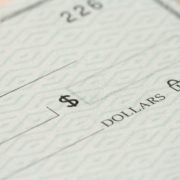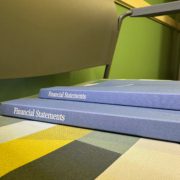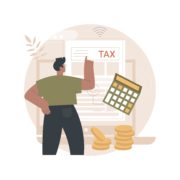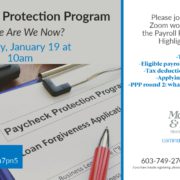Avoid IRS Penalties: A Guide to Quarterly Estimated Tax Payments
The exciting news? We’ve made it to the other side of April 15th! The not-so-exciting news? Individuals shouldn’t forget about their income taxes entirely.
The Internal Revenue Service requires taxpayers to pay their income taxes as they receive income throughout the year instead of simply paying it when they file their tax return. Most people who work and receive wages that are reported to them on Form W-2 do this by having withholding taken from their pay, but what if you are in a different situation?
Understanding Who May Be Required to Pay Taxes Each Quarter
If you are self-employed, have investment income, gambling winnings, or other income not subject to Federal withholding, you may be required to pay quarterly estimated tax payments to compensate for this. Additionally, if you fall into one of the above categories, or if your withholding is not high enough, it is important to pay estimated tax payments because not doing so can cause you to owe an estimated tax penalty when you file your tax return.
Missing Quarterly Tax Payments Could Result in Penalties
Underpaying your federal income taxes by more than $1,000 could result in a penalty being assessed to you. The penalty amount varies, but it can add up to a significant amount of money you may not be expecting to pay. The IRS website outlines how the penalty gets computed.
The simplest way to avoid this penalty is to pay estimated taxes throughout the year that add up to at least 100% of your prior year’s tax liability. If you file as married filing jointly and your adjusted gross income in the prior year was more than $150,000 ($75,000 for married filing separately), then you are required to pay 110% of your prior year’s tax liability instead.
Another way to compute your estimated tax payments is by looking at your income throughout the year. This can be useful if your income level varies as the year goes on because you estimate your tax liability for the quarter based on what your income and deductions were for that period.
2024 Estimated Tax Payment Deadlines
The quarterly periods for 2024 are as follows:
| INCOME EARNED | ESTIMATED PAYMENT DUE |
| January 1-March 31, 2024 | April 15, 2024 |
| April 1-May 31, 2024 | June 17, 2024 |
| June 1-August 31, 2024 | September 16, 2024 |
| September 1-December 31, 2024 | January 15, 2025 |
Additionally, IRS Publication 505 (Tax Withholding and Estimated Tax) contains a worksheet that can be used to compute estimated payments based on this annualized method.
Payment Options for Estimated Quarterly Taxes
There are options for how to pay your estimated taxes. You can mail a check with Form 1040-ES or pay on your mobile device using the IRS2Go.app. Also, if you have an online account with the IRS, you can use that site to pay your amount due and access your payment history and other tax records. In each of these methods, you must note which tax year and period you are paying and keep a record of these for your upcoming tax return.
As a tax preparer, the IRS notice I see clients receive most often concerns estimated tax payments. It is common for taxpayers to not reflect the proper tax year with their payments, which causes the IRS to think that they have underpaid their taxes. The fourth payment, due in January of the next year, is often the cause of this error, so it is important to be detailed with this information.
Making Federal estimated tax payments can be a simple way to avoid an unexpected tax penalty when you file your tax return. Also, paying your taxes throughout the year can help prevent owing additional taxes with your return. Keep in mind, however, that unexpected income can arise and alter your bottom line on your Form 1040. Consulting with a tax advisor on how to proceed with unforeseen situations can help you reach the right financial decision.










